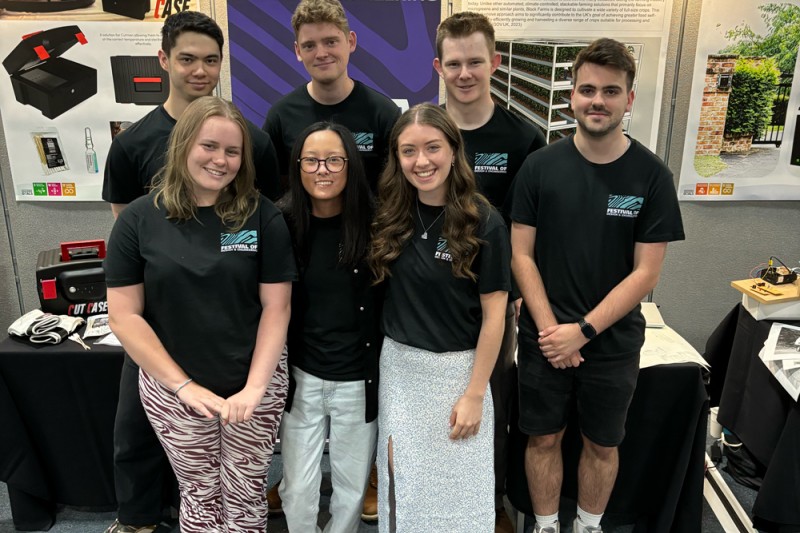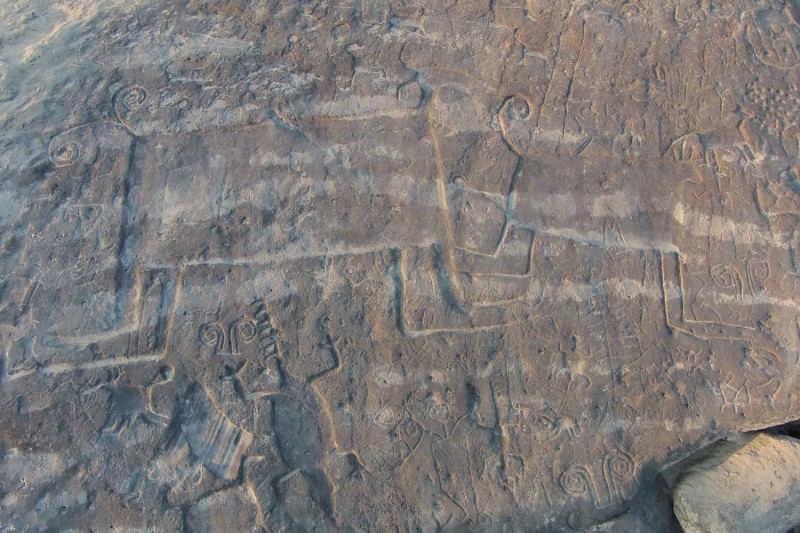If we look to the future, our energy reserves used at our current rates will last us perhaps another 50–60 years for oil and gas, and coal another 100 years. What are we going to do when that runs out? It's a question that BU's Professor Zulfiqar Khan is hoping to find an answer to.
The EU’s Renewable Energy Directive, urging European states to produce 20% of their energy from renewable sources by 2020, was one another important factor that inspired Professor Khan’s pivotal research and resulting technology, but it was the long-term challenges as well as the short-term ones that he wanted to address.
The challenges
Not only are non-renewable sources of energy, especially those derived from fossil fuels, finite, but they contribute to greenhouse gases, exacerbating ozone depletion and global warming. Whilst there have been advancements in some renewable technologies, Professor Khan, who is also a member of the University’s Sustainability Committee, suggests there are still challenges in terms of efficiency and the amount of useful energy that can be generated versus what the world actually needs. For example with Solar Photovoltaic (the most commonly used solar panel), there is a limited supply of materials needed to build the technology.
Additionally, there are other issues, which is why Professor Khan says Solar Photovoltaic can’t be seen as a long term solution: “The thermal efficiency of thermo-fluids (fluids used as a medium of heat energy transfer) have upper thresholds and has implications for the durability of mechanical systems. Costs of conventional energy materials such as cobalt and lithium carbonates have been rising sharply since 2015–16, and thermal instability of lithium ion batteries is still significant.”
Developing the new technology
Supported by a team of PhD students and Postdoctoral researchers, Professor Khan set to work on developing solar thermal (low carbon) technologies which used nano-enhanced thermofluids and storage materials instead of traditional solar panel technology. Rather than creating commonly-seen standalone panels, he envisaged the technology becoming integrated within standard building practices. “I am developing means of using readily available and sustainable materials to be applied in flat plate solar thermal systems through a combination of thermofluids with nano additives and efficient thermal storage, which will help meet our future energy needs.”
The multidisciplinary research combined materials sciences (nano coatings), mechanical engineering (heat transfer and thermodynamics), and electrochemistry (corrosion). “It will put BU in particular and the UK in general on the international map as a leader in developing clean energy technologies,” Professor Khan says, “Working together with other disciplines can bring huge benefits and opportunities for research, which helps to give it originality, significance and reach.”
Putting it into action
Professor Khan’s renewable energy source works through reducing corrosion, improving heat transfer and fluid dynamics, and using nano coatings to enhance surface efficiencies. There are four parts to the system. The first focuses on generating heat for colder climates, while the second looks at generating electricity in sunnier climes. The third component involves thermo-fluids, with the aim of improving the efficiency of fluids within the solar energy system, and the final part of the plan seeks to perfect the integration of heat storage and recovery system from waste energy.
Funding from start-up company Future Energy Source Ltd allowed the team to set up labs in Poole, Dorset and create a large-scale model of the solar thermal system. All four parts of Professor Khan’s model were successfully tested, as well as the heat recovery units, solar Organic Rankine Cycle, optimised thermo-fluids, and efficient thermal storage. The result was a clean, low cost and sustainable power and heat generator that works using solar radiation, known as a ‘Large Scale Flat Plate Solar Collector’ (LSFPSC).
Professor Zulfiqar A Khan
Professor of Design, Engineering and Computing
If we look to the future, our energy reserves used at our current rates will last us perhaps another 50 – 60 years for oil and gas, and coal another 100 years. What are we going to do when that runs out?
Moving to market
Since the trials, many parts of Professor Khan’s creation have been successfully patented and are being commercialised by Future Energy Source Ltd. The technology is now on sale and has the potential to achieve a 20% reduction in CO2 emissions and save 47% on fuel bills, with projected £1,000,000 revenue per year for the company with eight people employed as one of the outcomes of this research, and the forecast to double this number by 2020–21.
“Economic evaluations of our technology have shown that it provides a much more economical solution than other globally available technologies,” explains Professor Khan. “It also provides a shorter payback period – that is the time it takes to reclaim your original investment. Our technology takes about 2.4 to 6.5 years to achieve payback, while typical commercial flat plate collectors can take as long as 8–12 years.”
With his game-changing technology now available to buy, Professor Khan has moved the focus of his research into new areas: clean growth and the future of mobility. “We can learn to do without many things, but without energy, life as we know it would not be the same,” says Professor Khan.



